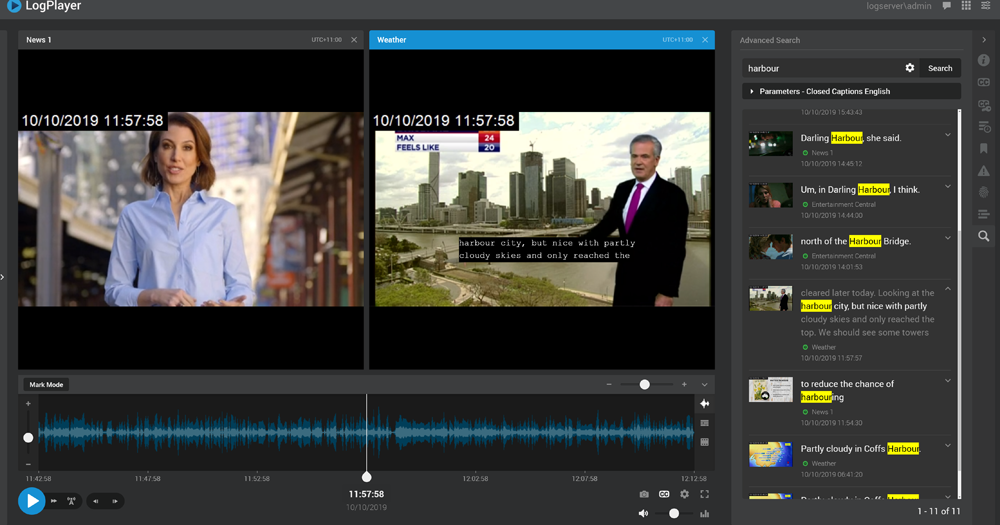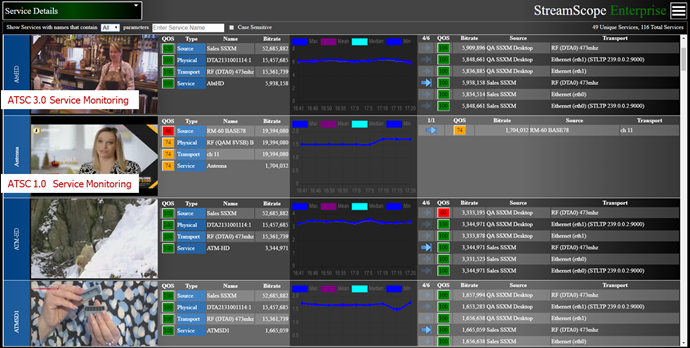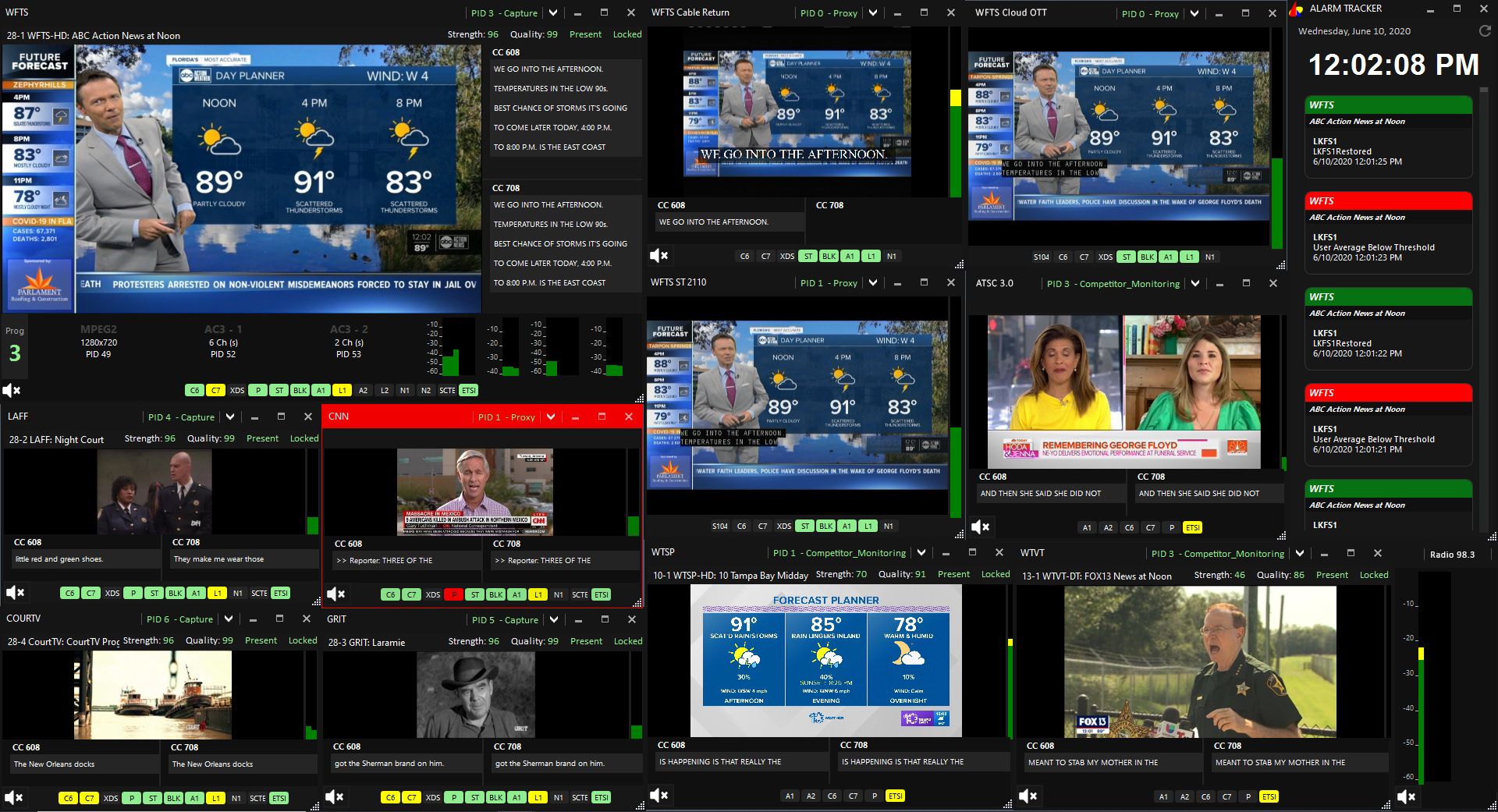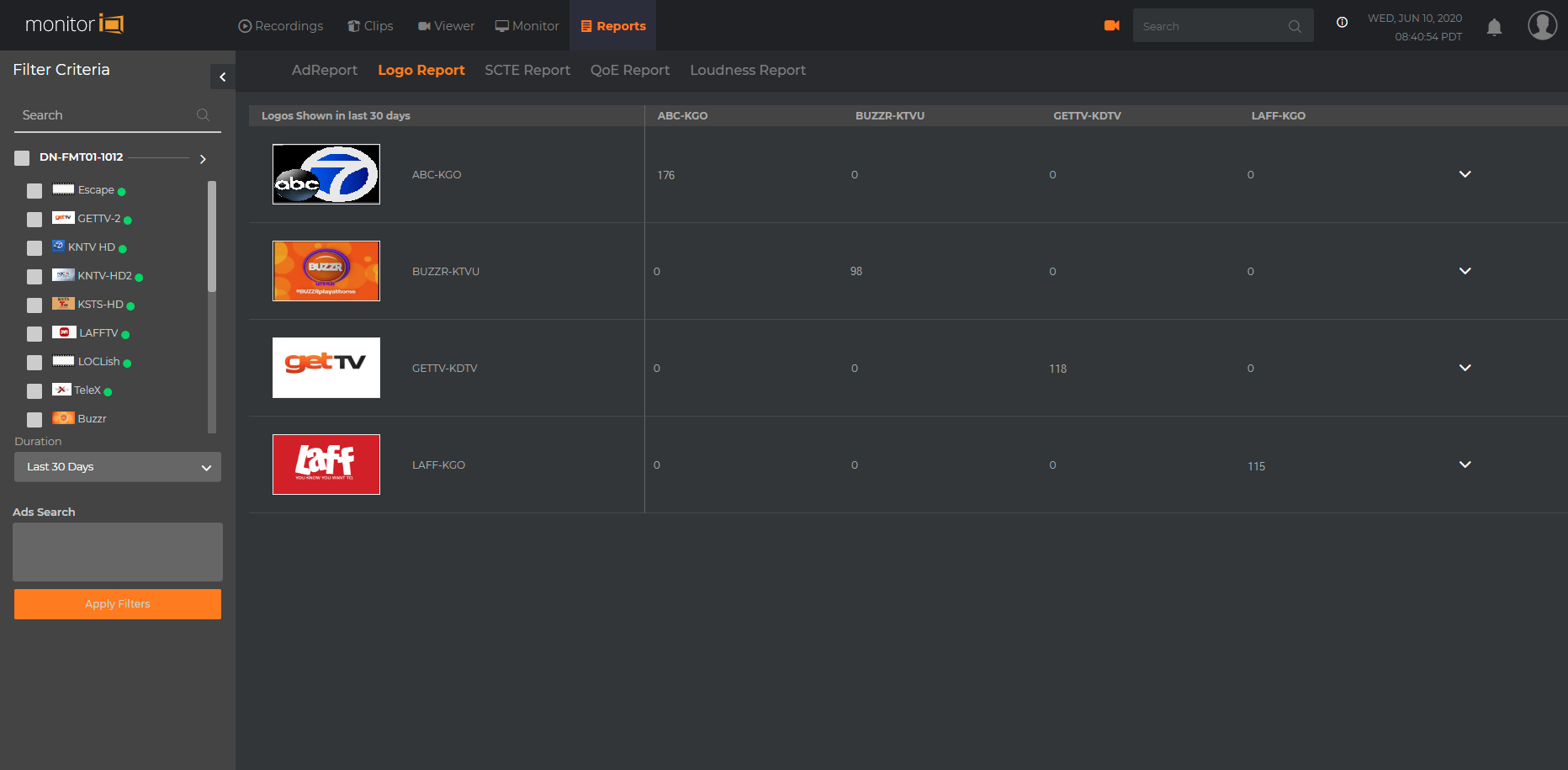
TVN Tech | After Volicon: Compliance And Monitoring Evolve

The vendor feeding frenzy continues as broadcasters replace legacy compliance and monitoring services in the wake of Verizon phasing out the Volicon Observer.
The fragmented compliance and monitoring market further has to provide services to meet evolving regulatory requirements and quality expectations in different markets for both over the air signals and over the top (OTT). The trouble is, regulatory requirements for OTT are at a completely different stage of the life cycle from linear broadcast requirements, and there are many more places for problems to occur with the OTT signal, which can leave viewers unhappy with their experience.
The compliance and monitoring services available are generally replete with features, including the use of artificial intelligence, and available for use on-premises, in the cloud or via a hybrid solution. Vendors are also working on expanding the reach of their services so that one platform can meet more of the broadcasters’ needs.
In April 2019, Verizon Digital Media Services named Houston-based SnapStream as the transition partner for the Volicon Observer. Customers with support contracts had the option of moving over to SnapStream’s MoCo monitoring and compliance service. About 150 Volicon customers are using SnapStream for support, a “few dozen use MoCo, and that number is growing,” according to SnapStream Media founder and CEO Rakesh Agrawal.
Mediaproxy CEO Erik Otto characterized the fragmented market for compliance solutions as unprecedented. The size of the compliance market is not big enough to sustain the number of companies that are now hawking compliance products, he says.
Volicon customers were “angry and confused” at being forced to replace their compliance solution, Otto says. However, he adds, these same broadcasters have an “opportunity to revisit this small discipline” in the technology chain and choose a new long-term partner. Former Volicon customers CBS, ABC and Discovery have signed on with Mediaproxy for compliance monitoring.

SnapStream’s Moco monitoring and compliance solution focuses on ease of use and workflows.
Customers who still haven’t chosen a replacement, Otto says, should “not just look at features, the buttons and the technology” but should examine the business side as well, considering the company’s experience, strengths and funding. A company funded by venture capital is likely to be sold to another company. Or, the company may not be competitive enough to survive long-term.
Either case, he notes, could place customers in a situation similar to the one they’re in now.
“I wouldn’t want to be a customer right now trying to cut through all the noise and find your trusted partner,” Otto says.
Vast Differences For OTT Monitoring
Agrawal compares the differences in monitoring and compliance for broadcast and OTT to those between internal combustion and electric cars.
“The problems you have and the way you solve those problems are fundamentally different,” he says.
For starters, governmental compliance requirements for things like loudness and closed captioning for OTT and online video aren’t the same and vary by region.
Qligent CEO Brick Eksten says compliance and monitoring for broadcast and OTT “are really just in different stages of the same life cycle.”
While OTT monitoring isn’t yet held to the same fundamental compliance regulatory rules as broadcast, it’s “inevitable” that regulations will apply for all forms of direct to consumer entertainment, Eksten says.
Compliance and monitoring are further complicated by the “ever-changing” landscape of regulations and requirements, says Gary Learner, EVP of business development at Actus Digital.
“The challenge is to make sure the product being purchased isn’t just meeting the current needs for compliance and monitoring but also the future needs,” Learner says.
Using open architecture is one part of meeting that challenge, he says.
On the monitoring side, there are many more potential points of failure for OTT ranging from the point of transmission along the internet to the viewer. Issues include stuck frames, long start times, content mismatch and improper audio and video syncing.

Actus Digital’s View platform offers compliance and monitoring and enables content repurposing.
Eksten notes that OTT delivery may be under a “best effort model” but that doesn’t guarantee quality delivery.
To ensure a good quality of experience for OTT viewers, Eksten says, it’s vital to monitor the whole network, not just the points of egress and delivery. Not only are there more “touch points” along the network, he adds, “those touch points are getting more complicated.”
At the same time, the level of importance that broadcasters have placed on direct to consumer offerings has increased, he says.
Qligent, known for its Vision compliance monitoring product, recently launched cloud-based Dymos dynamic monitoring service, which allows for monitoring quality of service for pop-up channels on an SaaS model.
Eksten says Qligent designs its systems to be highly scalable and remotely accessed. They can also be remotely provisioned, he adds.
“All through the COVID period, we’ve been standing up networks left and right,” Eksten says. “We did them the way we’ve always done them, through a robust set of software tools that can be deployed from anywhere to anywhere.”
Ralph Bachofen, VP of sales and marketing at Triveni Digital, says the COVID-19 pandemic has accelerated the “cloudification” of services dramatically. A large number of customers who have a Triveni analyzer in their office building have requested access to a SaaS version so they could conduct analysis in the cloud, he says.
Triveni has been working to put as many functions into the cloud to be able to provide “end-to-end cloud services” for their customers, he adds.
“I think we’ll see more cloudification,” Bachofen says.

Triveni Digital’s StreamScope Enterprise cloud-based software provides end-to-end ATSC 3.0 and ATSC 1.0 compliance monitoring.
Triveni is working on Enterprise, expected to be in beta this summer. The Enterprise product aggregates multiple compliance and monitoring entities and generates a dashboard for the clients that will let them know the robustness of the transmission structure in a given area, he says.
Thinking Beyond Compliance
Ken Rubin, VP of worldwide sales at Vela, says the greatest development in compliance systems are the benefits and value they provide beyond compliance. The systems, he says, can provide analysis of their programming relative to competitors and compare their outbound versus return and retransmit feeds. They can also feature tools to help improve sales by generating prioritized lead lists.

The Vela GPU-powered Live Multiviewer shows mixed-input from sources including Cloud, OTT, ATSC 3.0, Radio, TS over RF/ASI/IP, SDI, and HDMI.
As Rubin puts it, smart loggers are similar to smartphones in that they have “so many features.” Vela’s Luna system and Encompass Smart Loggers are used by Fox, Cox, E.W. Scripps, Entravision, Meredith and others, and can integrate things like Nielsen ratings and demographics and track transport stream and bit rate details as well as VM (virtual monitoring), cloud and hybrid solutions.
Luna and Encompass, he says, is an evolving product that integrates GPUs and CPUs on COTS hardware for greater density, scalability and format flexibility, while supporting standards such as ST2110 and ATSC 3.0.
Russell Wise, SVP sales and marketing at Digital Nirvana, says: “The larger broadcasters are looking for more than compliance loggers.” They want, he adds, to be able to mine content and automate actions, such as checking on how many logos appeared in a sports program.
As such, Digital Nirvana has focused on improving the functions of the traditional compliance logger while extending its power for better insights and automated reporting,

Digital Nirvana’s Monitor IQ with automated reports to identify ads in recorded content, search and identify logos, and auto generate QOE and loudness reports.
Digital Nirvana has added cloud services to its Monitor IQ logger. These services use AI and machine learning capabilities for functions like speech to text, caption quality assessment, sentiment analysis, automatic transcription of aired shows and commercials and object and face identification, in addition to identifying ad breaks.
Anupama Anantharaman, VP of product management at Interra Systems, says AI and machine learning based systems make it possible to efficiently and accurately work through large data sets to quickly determine whether content is compliant.
“The tools are there,” she says. The challenge, she adds, is that volumes are increasing and there are more compliance-related checks to ensure a broadcaster is compliant in every region and country.
Interra has released several products in the last couple of years that draw on the power of machine learning. Winnow sifts through content for user-specified criteria, such as adult scenes, alcohol or violence. Baton Captions translates speech to closed captions. Baton LipSync checks for a lag between audio and video.
“These are all labor-intensive problems. If you employed people to do these tasks, it would take a long time and many resources, but if you have an accurate machine learning algorithm, you can speed up the classification,” Anantharaman says.
Sometimes, manual verification is still required, she adds. “Just because you are using machine learning-based tools doesn’t give you 100% accuracy 100% of the time,” she says.
AI and machine learning will increasingly figure into compliance and monitoring, Learner says, as will IP infrastructure, adding that “Compliance and monitoring has to adapt to that.”
But even more than that, Learner adds, is the need to focus on workflow automation in regards to compliance and monitoring. One specific case he highlights is the need to ensure specific rights and formats for different locations.
Without such automation, there is an increased chance of “errors and inaccuracies, for something to be missed or misinterpreted,” he says. “Workflow automation is something that has to solve it on the fundamental level.”
Learner says Actus Digital has an even larger vision.
“Today, the compliance and monitoring solution is not enough,” he says. “It needs to be much more comprehensive, enterprise class with compliance and monitoring as one part.”
Such a unified solution would be used for research, sales and production, allowing for repurposing of content to social media and OTT, he says.
And in that way, Learner says, compliance and monitoring will move from being passive to “a more active part of the broadcast chain.”
































Comments (0)